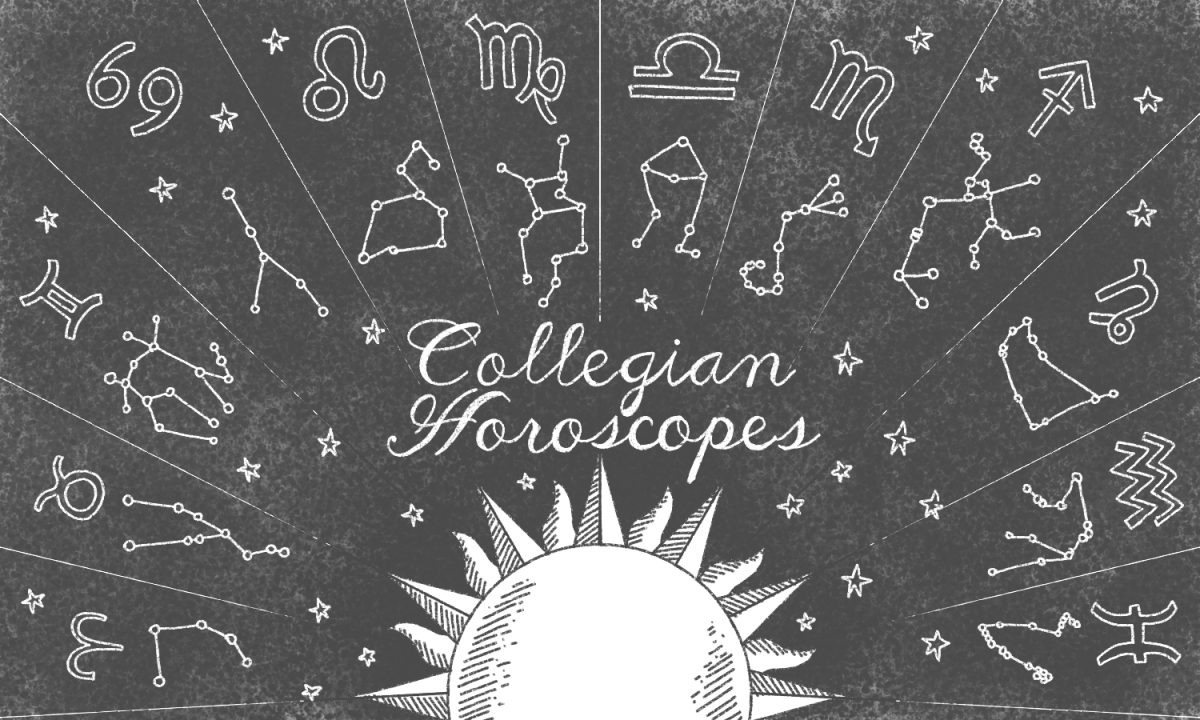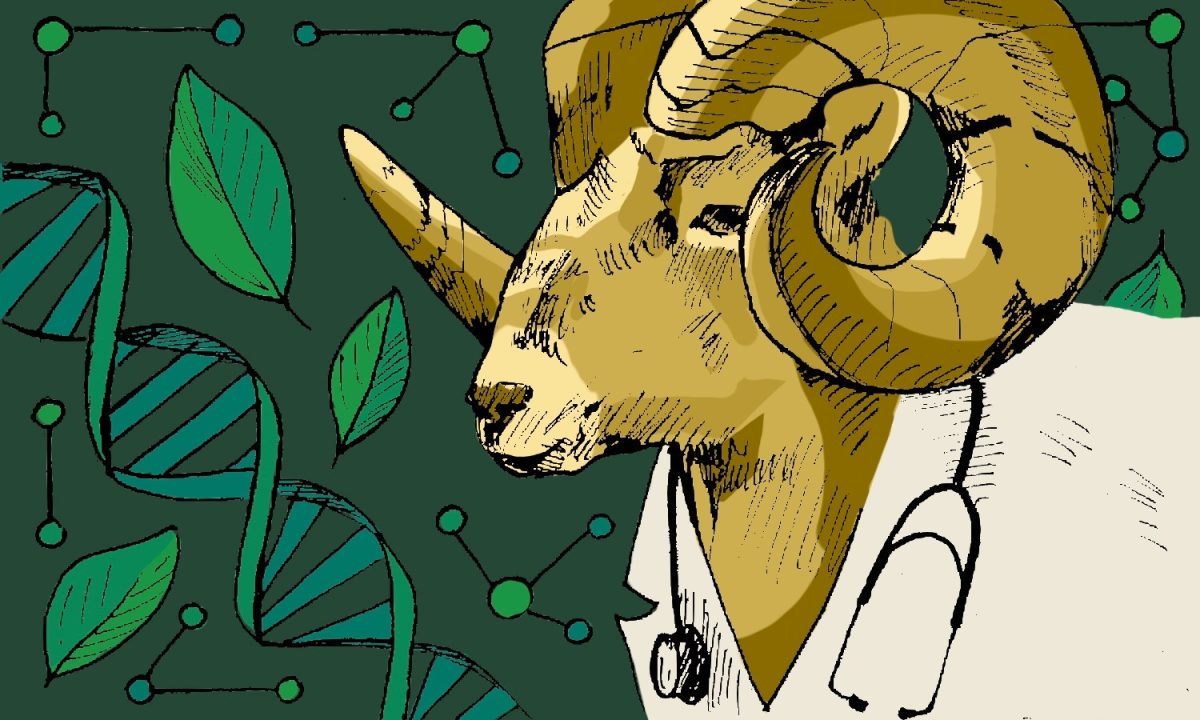Dragons devouring the sun, wrathful sky gods and hungry squirrels have one thing in common: They are all legends that have been used to explain solar eclipses, one of nature’s most spectacular events.
This captivating phenomenon is somewhat of a cosmic coincidence: The sun happens to be 400 times bigger than the moon and also 400 times farther away. On rare occasions, they align perfectly from a given viewpoint on Earth so that only the ghostly wisps of the sun’s corona are visible from behind the pitch-black circle of the moon.
Before science explained the astronomical processes that cause solar eclipses, many cultures throughout history came up with their own explanations for these awe-inspiring celestial events.
On April 8, a total solar eclipse will cross over the eastern United States. Read on to learn about four mythical interpretations of solar eclipses around the world.
1. China
In ancient times, solar eclipses were often considered exceptionally ominous and frightening events. The Earth falls into dusk, the sun disappears in the middle of the day and animals behave oddly; for early record-keepers, this certainly would have been a noteworthy event.
One of the earliest records of a solar eclipse dates back over to 3,000 years ago in Anyang, China. Scribes recorded important events on bone fragments called oracle bones. One from around 1300 B.C. translates to “three flames ate the sun.”
People may have believed that the black circle of the moon was a dragon moving across the sky to eat the sun. An undated book of ancient Chinese literature advises observing the dragons by looking at the reflection of the sun in a pot of water. This technique enabled them to watch the eclipse unfold without eye damage, similar to the use of solar eclipse glasses today.
2. Australia
In the oral traditions of many Aboriginal Australian cultures, the sun is presented as a female figure and the moon as a male figure. For the Euahlayi people of southeast Australia, the knowledge of eclipses was passed down as an ancient love story in which the sun falls in love with the moon and chases him across the sky.
In some tellings of this story, the sun’s love is unrequited, and she angrily threatens to plunge the world into darkness, causing an eclipse. In other versions, it is a tale of forbidden love, and the eclipse represents a brief moment in which the sun and moon can join together in secret.
3. Greece
In ancient Greece, mythic gods were believed to govern the world and communicate with people by sending omens. Natural events were often attributed to the gods’ whims, and solar eclipses were interpreted as frightening signs of divine displeasure.
The Greek poet Archilochus wrote of a total solar eclipse that occurred in 647 B.C. and attributed it to the wrath of the sky god Zeus. A translation of his writing says, “Zeus, the father of the Olympians, has concealed the light of the blazing sun and made night out of noonday, and … fear has come upon mankind.”
The word eclipse even has its roots in the Greek word ekleipsis, meaning disappearance or abandonment.
4. North America
Choctaw mythology tells the story of a mischievous black squirrel, Fvni Lusa, who tried to eat the sun. According to the story, Fvni Lusa was hungry one day and began to nibble at the sun, causing an eclipse. This caught the attention of the Choctaw people, who responded by loudly clanging pots and pans together and throwing sticks at the sky to scare Fvni Lusa away.
This story has been passed down through generations of oral tradition and is still a part of Choctaw culture today. The Choctaw Cultural Center in Durant, Oklahoma, will celebrate the 2024 solar eclipse by retelling the story and conducting educational activities for visitors. Participants will even receive noisemakers to use during the eclipse as a nod to the tale of Fvni Lusa.
Reach Lizzy Rylance at science@collegian.com or on Twitter @CSUCollegian.









